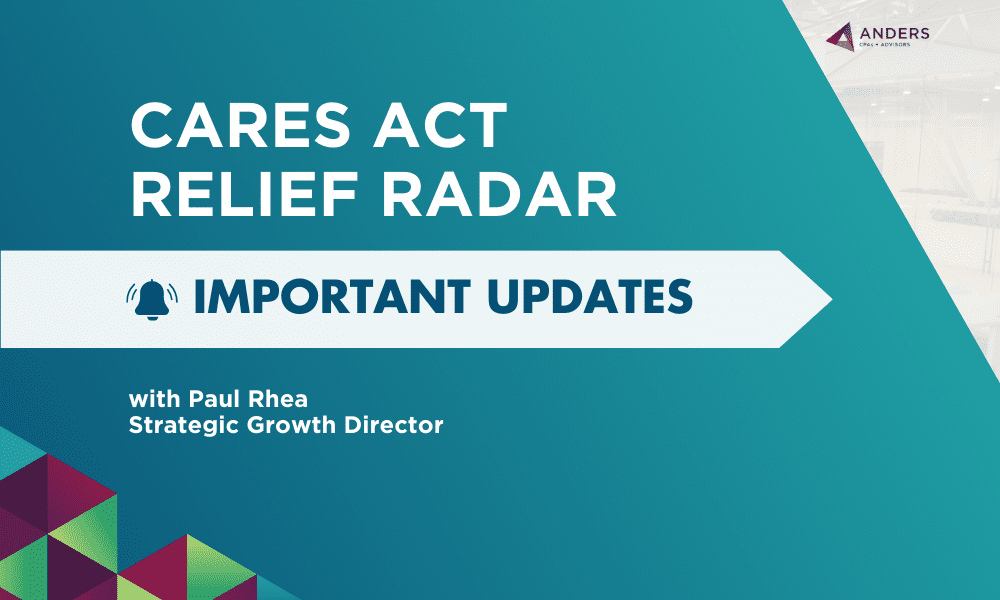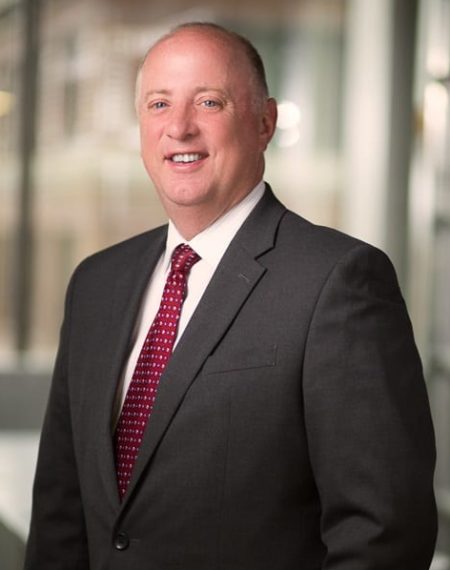In an effort to help restaurants and bars recover from the financial impacts of COVID-19, $28.6 billion of the American Rescue Plan is allocated for a Restaurant Revitalization Fund (RRF). Below we cover the basics of the RRF as outlined by the SBA, including eligibility requirements, covered expenses and how to apply for RRF grant funding.
Who is eligible for Restaurant Revitalization Funding?
The American Rescue Plan outlines that businesses in which the public assemble for the primary purpose of being served food and drink are eligible. The Plan indicates that the following food and beverage establishments are eligible:
- Restaurants
- Bars
- Food stands
- Food trucks and carts
- Caterers
- Saloons
- Inns
- Taverns
- Lounges
- Brewpubs, tasting rooms and taprooms
- Other similar places of business in which the public or patrons assemble for the primary purpose of being served food or drink
Businesses that are state or local government-operated, publicly traded or have 20 locations or more are not eligible. Those who have already applied for the Shuttered Venue Operators Grant are also ineligible for RRF funding.
How much can I apply for out of the Restaurant Revitalization Fund?
Through the RRF, eligible establishments will be able to apply for a grant equal to their pandemic-related revenue loss, up to $10 million per entity or $5 million per location, limited to 20 locations. Grants will be calculated by subtracting 2020 revenue from 2019 revenue.
Those businesses that have received PPP (round 1 or 2) funding will be eligible for an RRF grant, but the RRF grant total will be reduced by the amount of the PPP loan(s). EIDL loans and Employee Retention Tax Credit funding does not impact RRF funding.
For those establishments not operating for all of 2019, the maximum grant is the average monthly gross receipts in 2020 minus the average monthly gross receipts in 2019. Similar to PPP loan forgiveness, the RRF grant will not be taxable income and all associated expenses will be tax-deductible.
What can an RRF grant be used for?
According to the SBA, grant funding does not have to be paid back if it is used for eligible expenses from February 15, 2020 until March 11, 2023, including:
- Business payroll costs, including sick leave and costs related to the continuation of group health care, life, disability, vision, or dental benefits during periods of paid sick, medical, or family leave, and group health care, life, disability, vision, or dental insurance premiums
- Payments on any business mortgage obligation, both principal and interest. Note: this does not include any prepayment of principal on a mortgage obligation
- Business rent payments, including rent under a lease agreement. Note: this does not include any prepayment of rent
- Business debt service, both principal and interest. Note: this does not include any prepayment of principal or interest
- Business utility payments for the distribution of electricity, gas, water, telephone, or internet access, or any other utility that is used in the ordinary course of business for which service began before March 11, 2021.
- Business maintenance expenses including maintenance on walls, floors, deck surfaces, furniture, fixtures, and equipment
- Construction of outdoor seating
- Business supplies, including protective equipment and cleaning materials
- Business food and beverage expenses, including raw materials for beer, wine, or spirits
- Covered supplier costs, which is an expenditure made by the eligible entity to a supplier of goods for the supply of goods that:
- Are essential to the operations of the entity at the time at which the expenditure is made; and
- Is made pursuant to a contract, order, or purchase order in effect at any time before the receipt of Restaurant Revitalization funds; or
- With respect to perishable goods, a contract, order, or purchase order in effect before or at any time during the covered period
- Business operating expenses, which is defined as business expenses incurred through normal business operations that are necessary and mandatory for the business (e.g. rent, equipment, supplies, inventory, accounting, training, legal, marketing, insurance, licenses, fees). Business operating expenses do not include expenses that occur outside of a company’s day-to-day activities.
How can I apply for the RRF?
The SBA offers three ways to apply for the RRF funding:
- Through a recognized SBA Restaurant Partner
- Through SBA directly at restaurants.sba.gov
- By calling (844) 279-8898
Download the latest SBA Restaurant Revitalization Funding Program Guide for more information on the RRF and documentation requirements. The application process is expected to open soon, with the first 21 days being prioritized for women-owned, minority-owned and veteran-owned businesses.
Our advisors are closely following COVID-19 relief efforts and will continue to publish insights to keep you informed. Visit our COVID-19 Resource Center for more resources. To discuss how we can best assist you and the associated fees, contact an Anders advisor below.




